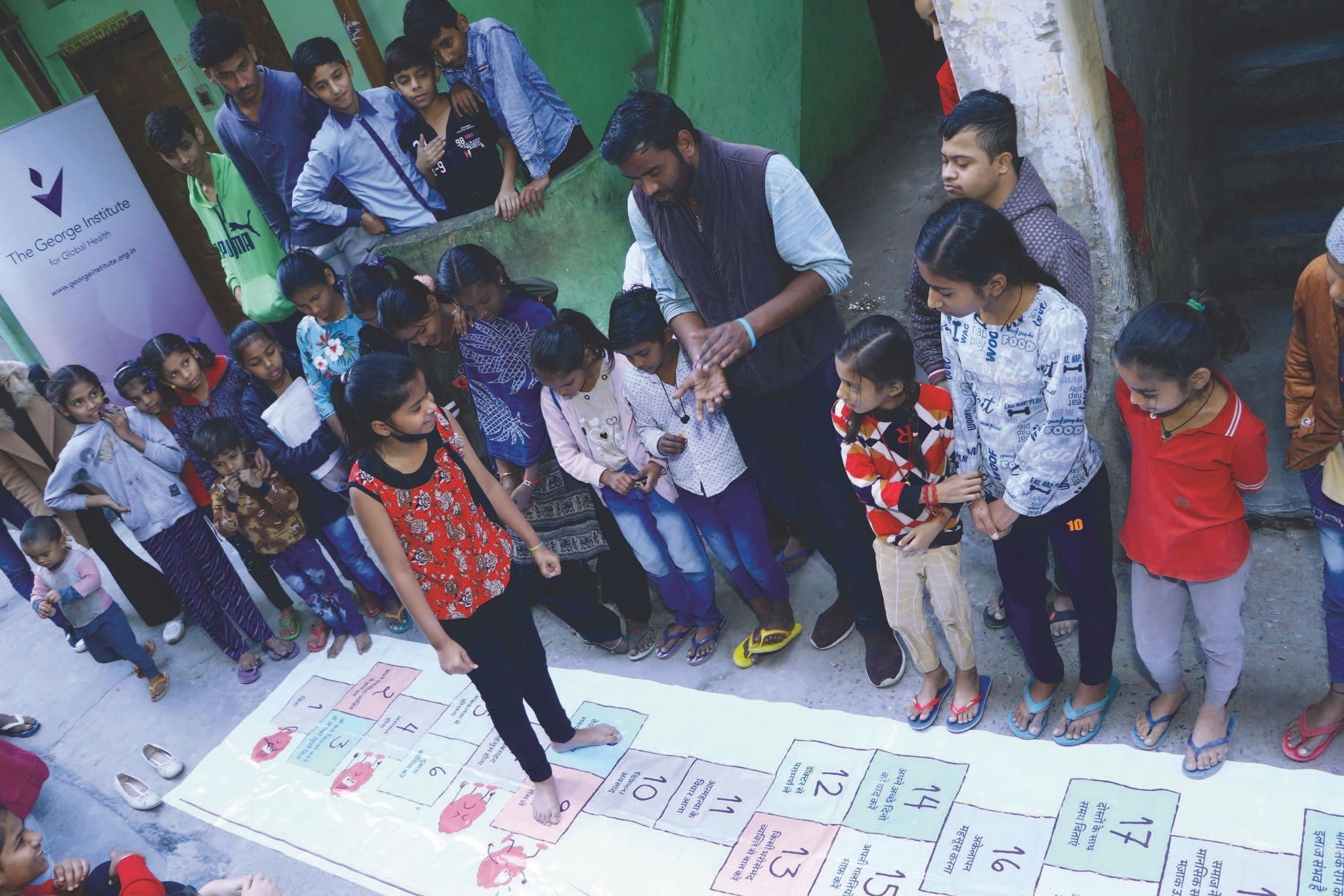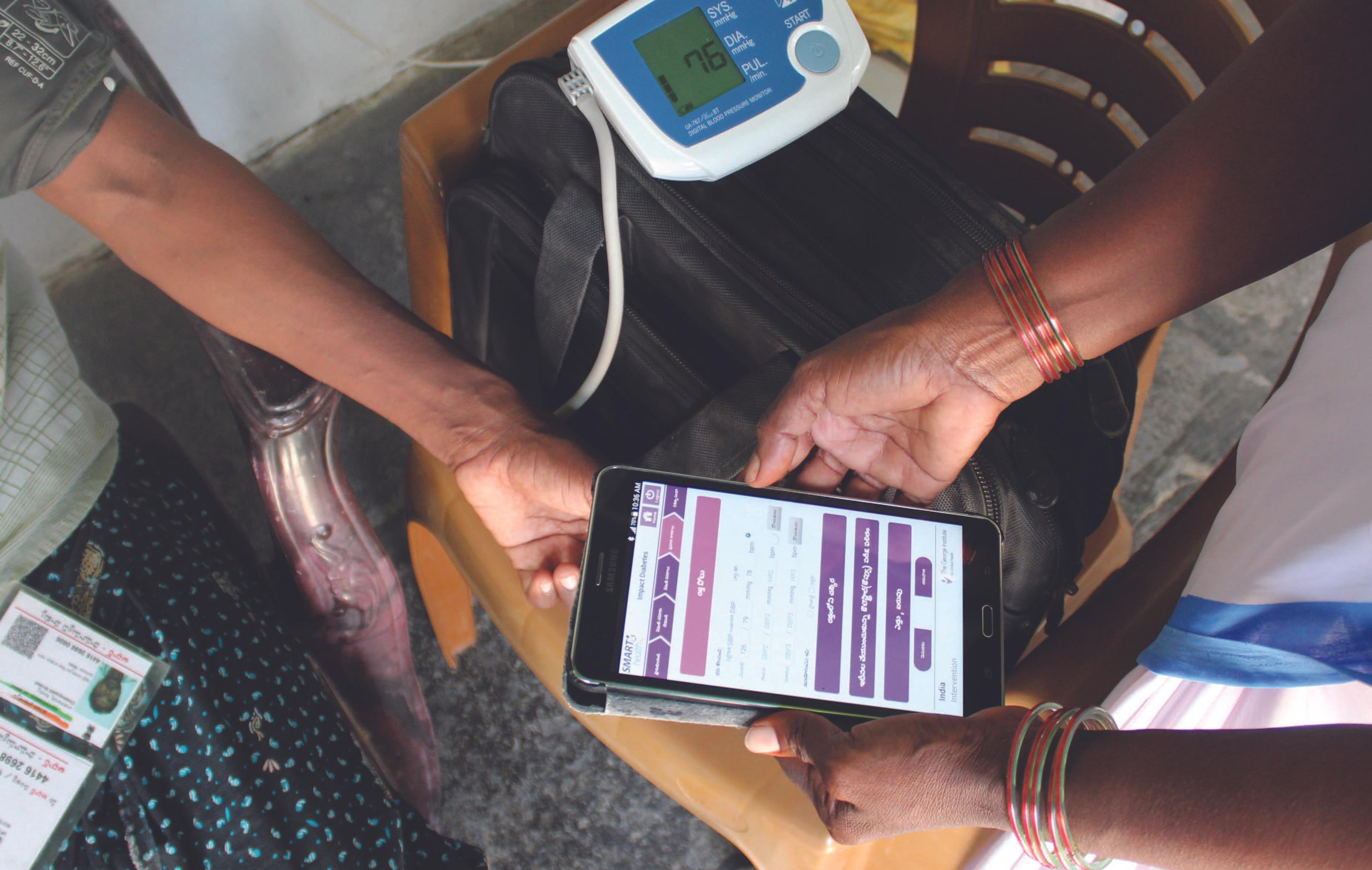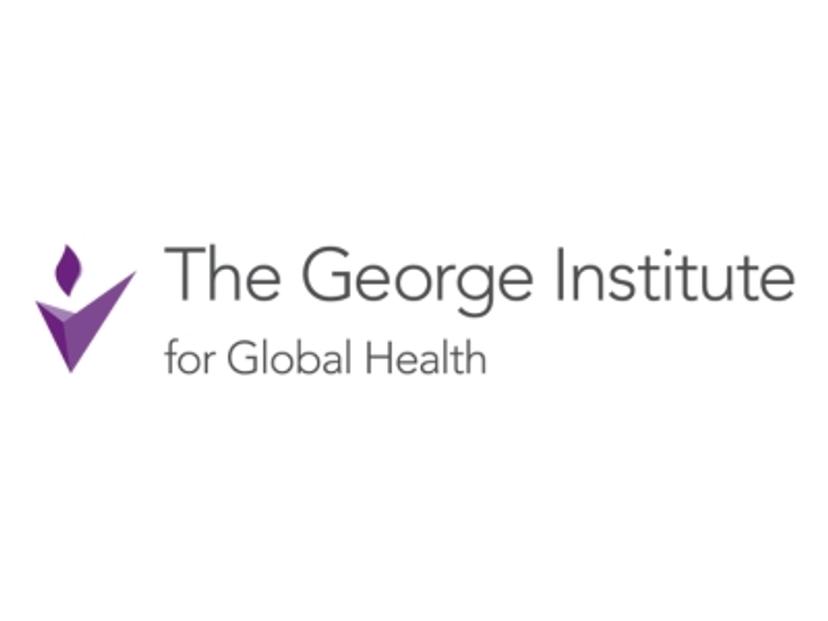Abstract
Founded in 1999 as one of Australia's premier research institutes, The George Institute for Global Health today conducts research in 50+ countries, with a staff strength of 900+ people globally, has developed and owns a number of social enterprises, raised more than $1.2 billion for research, and has 9,500+ peer-reviewed publications and other academic outputs led by global partnerships.
This case study describes the growth of The George Institute for Global Health's work in India since 2002.
21 years later, with its head office in Delhi, research office in Hyderabad, extensive work with state and federal governments, strong network within communities, clinicians, hospitals, healthcare providers, and 300+ staff members supported by an extensive set of researchers in the field. The George lnstitute's India operations is now acclaimed as its fastest operations globally, and playing a significant role in servicing its global needs and the region.
"Our entry strategy started by the need to be in India to help deliver our mission to 'improve the health of millions of people worldwide'." - Tim Regan, Chief Operating Officer, The George Institute for Global Health

Introduction

"Better treatments, better care, healthier societies." For 23 years, since being founded in Sydney, The George Institute for Global Health's motto has been to 'improve the health of millions of people worldwide', particularly those living in disadvantaged circumstances, tackling the escalating burden of non-communicable diseases and injury.
The lnstitute's work is a departure from laboratories, but defined by its collaboration with communities, clinicians, hospitals, healthcare providers, governments and organisations involved in delivering healthcare.
As a leading independent global medical research institute, with presence in 50+ countries, 900+ people globally, has developed and owns a number of social enterprises, has raised more than $1.2 billion for research, and with 9,500+ peer reviewed publications and other academic outputs, the Institute has been building much needed evidence to effectively and sustainably transform care and health systems, led by its global partnerships with the government health funding agencies, World Health Organisation (WHO), Bill & Melinda Gates Foundation, Imperial College London, European Commission, Harvard University, John Hopkins University, University of Oxford, DBT/Wellcome Trust India Alliance, All India Institute of Medical Science, to name a few.
India Strategy
The George lnstitute's India entry in 2002 was its first overseas expansion, three years after being founded in Australia. The decision that was driven by its goal to maximise its reach in underserved populations. The Institute began its work in India with a research collaboration establishing the Andhra Pradesh Rural Health Initiative in partnership with the Centre for Chronic Disease Control in New Delhi.
The journey that started with the Institute developing SMARThealth (Systematic Medical Appraisal Referral and Treatment) initiative to the Primary Health Care Centres (PHCs) of Andhra Pradesh. Primary Health Centres (PHC) are the bedrock of rural health services in India, the first contact point for the rural population. Generally, a typical PHC covers a population of 20,000 in hilly, tribal, or difficult areas and a population of 30,000 in plain areas with four-six indoor/observation beds. A PHC manned by a medical officer and 14 paramedical and other staff, acts as a referral unit for higher-order public hospitals located at subdistrict and district level.
The Institute recognised the chronic gap that existed between 'required' and 'actual' healthcare infrastructure in India's rural areas, where accessibility remains a huge challenge.
It adapted and contextualised its technology (electronic decision support tool developed to help detect and manage patients at risk of cardiovascular disease) for enormous Indian health priority. The Institute also recognised an early opportunity of creating impact at scale by trialling new health solutions in resource-deficient rural India.

India faces significant non-communicable diseases (NCDs) such as heart disease, diabetes, and obesity, that account for 60 percent of deaths in India. Urbanisation and lifestyle changes are further fuelling NCDs. By 2035, 109 million people in India are expected to suffer from diabetes. The healthcare system often lacks the resources to effectively detect, diagnose, and treat these conditions.
SMARThealth, a low cost, digital platform supports clinical decision-making and improves the screening, detection, and management of chronic disease in adults. The initiative enabled Indian community workers ASHA (Accredited Social Health Activist), who are trained to work as an interface between the community and the public health system, to screen for cardio-vascular disease through an electronic survey, which freed the doctors’ time. ASHAs could use this tablet based app built from the electronic decision support technology piloted in Australia, to generate a patient risk profile for cardio-vascular disease based on a series of questions, a glucometer, and a bluetooth-enabled blood pressure reader. SMARThealth proved itself to be a significant
innovation that provided clinical decision support tools for cardiovascular disease management and prevention in primary health services.
The Institute realised that Australian innovation had an opportunity for better health outcomes in rural India, prompting the institute to adapt its SMARThealth service model to other chronic conditions. The SMARThealth Mental Health Programme uses the same principles to address the existing mental health treatment gaps often shrouded in ignorance and shame. The lnstitute's impact can be understood from its range of projects in various Indian States, it's thought leadership and advocacy.
The lnstitute's research is centred around people and communities, with a focus on the chronic and critical conditions that cause the greatest loss of life and the greatest impairment of life quality, particularly in resource-poor settings. Their goal is to generate evidence that affects crucial change within a five-year timeframe, improving quality of life. Translation of research into practice to improve health outcomes.
From developing adolescents' resilience and treatment needs for mental health in Indian slums, ensuring access to preventative, curative and rehabilitation services for burn injuries, reducing blood pressure, tackling chronic kidney disease, drowning deaths, cancer in women to addressing devastating impacts of COVID-19, The George Institute India's team has implemented a range of innovative interventions and established strong partnerships.
As part of the unique funding model, the commercial enterprise, George Health, has exclusive commercialisation rights to the intellectual property of the Institute. Comprising of complementing businesses including two social enterprises - George Medicines and Ellen Medical Devices, which are uniquely positioned and integrated in a way that enables innovative health products and services to be taken all the way from concept to market, in a relatively short time frame.
Seeing The Future
"With a growing track record of winning grants both internationally and locally, our Indian office is the fastest growing in our global network and has recently surpassed the Australian office in number of staff."
The George Institute for Global Health, initially set up in India as a research collaboration. As projects, collaborations, opportunities, impact and reach of their work grew, the Institute set itself up as NotFor-Profit company to manage its expanding operations in 2007. The Institute has its head office in Delhi, a research office in Hyderabad, and an extensive set of researchers in the field. Starting with a small centre, the lnstitute's offices over time has attracted more funding and experienced staff and now numbers over 300.
"The Institute has always been very progressive in its thinking. Although started in Sydney, our work is truly global, and we knew we needed to be in the two largest and fastest growing countries in the world, China and India."
It took 1 0+ years for the Institute to reach a critical mass in India and is now acclaimed as its fastest operation globally. The strategy of setting up a small office in Hyderabad worked for several years before the Institute realised the need to also have a presence in Delhi, the capital and federal government base for India.
It now works with a large number of Indian States supported by its active field staff and is becoming a regional hub for health projects being carried out in Bangladesh, Sri Lanka and Indonesia.
"India is a fast-growing country and in many ways becoming a hub for the region, so companies should think of an Indian office playing a major role in their global operations."
India is one of the world's largest and fastest growing markets for healthcare goods and services with a long tradition of innovation in medical devices and technologies, particularly frugal innovation (creation of new or improved goods, services, or processes at the lowest possible cost without compromising quality).
"If we had our time again, we would have had a presence in Delhi earlier, where we moved our head office to after six years of operations in Hyderabad."
Rising demand for affordable healthcare delivery systems, growing incidence of lifestyle diseases, emergence of telemedicine, rapid health insurance penetration is driving the Indian healthcare market. Rising income levels, ageing population, growing health awareness, and changing attitude towards preventive healthcare is expected to boost healthcare services demand in future.
Planning Ahead
“Key lessons have been to employ locals, have a well-connected and respected academic head, engage professional support staff, and capitalise on the global network the Institute offers.”
The George Institute’s competitive and path breaking research in non-communicable diseases, injury, clinical trials, primary care and health care systems, plus other Australian companies focus on oncology, ophthalmology, infectious diseases, vaccines, mental health and regenerative medicine, offers tremendous opportunities for Australian companies to build meaningful collaborations in India.

Our takeaways for Australian medical research organisations and med-tech companies from this case study are -
- Low-cost healthcare solutions have never been more in demand, creating new opportunities for Australian businesses, research organisations and non-government organisations to increase their global competitiveness. India's healthcare market will continue to grow, driven by a large and growing population that will witness the double burden of infectious diseases and rising non-communicable diseases. The proportion of elderly (over 65), will rise from the current six percent to 13 percent by 2050, will increase the number of age-related ailments and demand for aged care
- Australia and India can work together on the launch of new chemical entities, complex generics, drug discovery, translational research, community health delivery, clinical trial delivery and incremental innovation of R&D products
- India offers, cost effective opportunity for commercialisation and scale for new technology, supplemented by its large and diverse demographic profile, which could offer cheaper and efficient recruitment for clinical trials
- Both countries can work together on drug repurposing, a strategy that enables reuse of existing licensed drugs for existing medical symptoms, and can effectively reduce drug development time, pre-clinical trial phase time and substantially reduce costs
- India offers low cost to innovation and the risk of failure is low, as it offers cost arbitrage to value arbitrage, Australian companies can do more innovation in India supported by its strong IP framework, India’s market offers opportunities in co-creating and global scale production
- Australian med-tech companies can sell to Indian hospital networks, SMEs can build relationships with Indian health technology start-up incubators to overcome the problem of small scale, explore opportunities to work with Indian universities and companies to commercialise research.
The George Institute’s for Global Health’s research in chronic and critical conditions that cause the greatest loss of life and greatest impairment of life quality, has never been more important. Affordability, accessibility, and quality are at the core of India’s healthcare vision. What is required is recognition of each countries strengths and creating sustainable channels of engagement. Going forward, collaboration and commercialisation of research will be a key benchmark of the Australia-India healthcare partnership.

